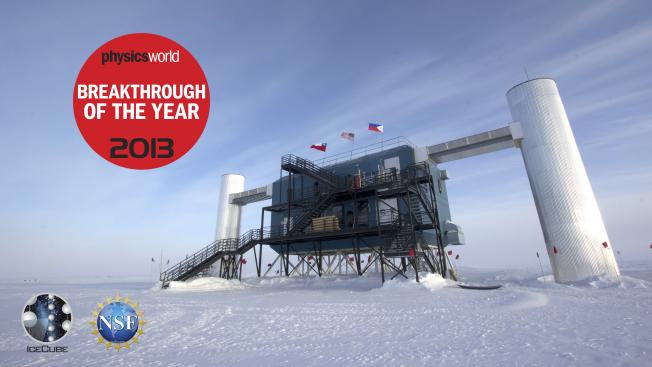Reconstruction of the primordial power spectrum of curvature perturbations using multiple data sets
Abstract:
Detailed knowledge of the primordial power spectrum of curvature perturbations is essential both in order to elucidate the physical mechanism (`inflation') which generated it, and for estimating the cosmological parameters from observations of the cosmic microwave background and large-scale structure. Hence it ought to be extracted from such data in a model-independent manner, however this is difficult because relevant cosmological observables are given by a convolution of the primordial perturbations with some smoothing kernel which depends on both the assumed world model and the matter content of the universe. Moreover the deconvolution problem is ill-conditioned so a regularisation scheme must be employed to control error propagation. We demonstrate that `Tikhonov regularisation' can robustly reconstruct the primordial spectrum from multiple cosmological data sets, a significant advantage being that both its uncertainty and resolution are then quantified. Using Monte Carlo simulations we investigate several regularisation parameter selection methods and find that generalised cross-validation and Mallow's $C_p$ method give optimal results. We apply our inversion procedure to data from the Wilkinson Microwave Anisotropy Probe, other ground-based small angular scale CMB experiments, and the Sloan Digital Sky Survey. The reconstructed spectrum (assuming the standard $\Lambda$CDM cosmology) is \emph{not} scale-free but has an infrared cutoff at $k \lesssim 5 \times 10^{-4}\; \mathrm{Mpc}^{-1}$ (due to the anomalously low CMB quadrupole) and several features with $\sim 2 \sigma$ significance at $k/\mathrm{Mpc}^{-1} \sim$ 0.0013--0.0025, 0.0362--0.0402 and 0.051--0.056, reflecting the `WMAP glitches'. To test whether these are indeed real will require more accurate data, such as from the Planck satellite and new ground-based experiments.Reconstruction of the primordial power spectrum of curvature perturbations using multiple data sets
PINGU Sensitivity to the Neutrino Mass Hierarchy
Abstract:
The neutrino mass hierarchy is one of the few remaining unknown parameters in the neutrino sector and hence a primary focus of the experimental community. The Precision IceCube Next Generation Upgrade (PINGU) experiment, to be co-located with the IceCube DeepCore detector in the deep Antarctic glacier, is being designed to provide a first definitive measurement of the mass hierarchy. We have conducted feasibility studies for the detector design that demonstrate a statistically-limited sensitivity to the hierarchy of 2.1σ to 3.4σ per year is possible, depending on the detector geometry (20 to 40 strings) and analysis efficiencies. First studies of the effects of systematic and theoretical uncertainties show limited impact on the overall sensitivity to the hierarchy. Assuming deployment of the first array elements in the 2016/17 austral summer season a 3σ measurement of the hierarchy is anticipated with PINGU in 2020.



